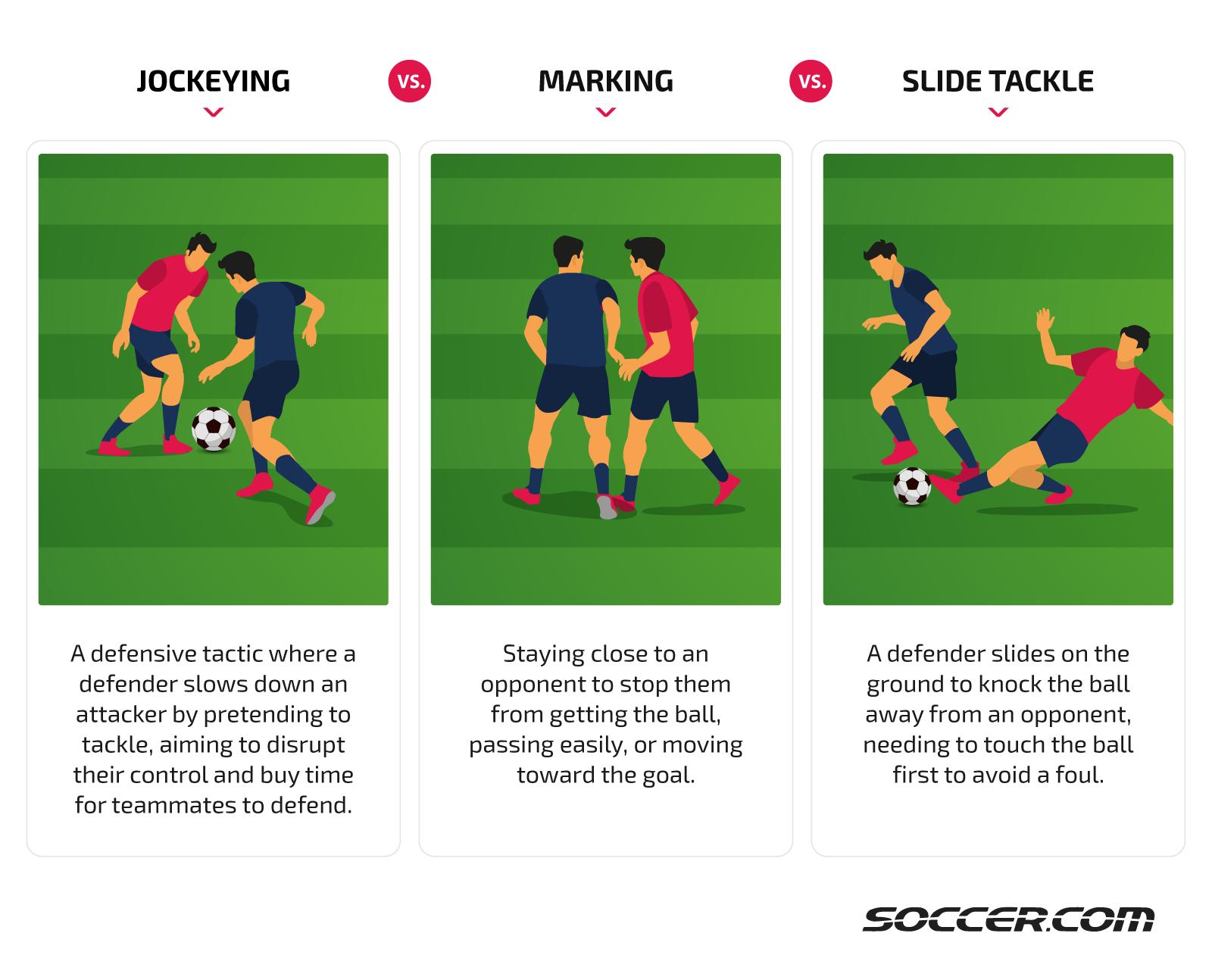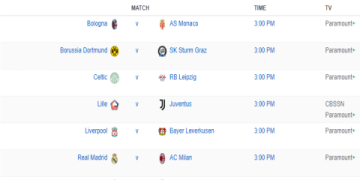# Understanding Foul Rules in Soccer
Have you ever watched a soccer match and wondered why the referee blows the whistle seemingly out of nowhere? The answer usually lies within the intricate foul rules in soccer. Mastering these rules is crucial for players, coaches, and even loyal fans who want to understand every minute of the game. Below, we’ll unpack the essentials, clear up common myths, lay out a step-by-step mastery guide, and even compare laws across popular leagues.
# What Is Considered a Foul in Soccer?
At its core, a foul in soccer occurs when a player breaks the laws of fair play while the ball is in play. The most typical infractions include tripping, pushing, holding, or handling the ball deliberately (except for the goalkeeper within their own penalty area). According to FIFA’s Laws of the Game, referees must always judge intent, consequences, and overall context before making a decision.
Interesting fact: In the 2021–2022 English Premier League season, referees awarded an average of 20.3 fouls per game (来源: [FBref Stats]).
# Types of Fouls: Direct vs Indirect Free Kicks
Not all fouls are created equal. Soccer’s foul rules distinguish between two main categories: direct and indirect free kick fouls. Here’s an easy-to-read comparison.
| Foul Type | Examples | Resulting Restart | Can Score Directly? |
|---|---|---|---|
| Direct Free Kick Foul | Tripping, pushing, handball | Direct Free Kick or Penalty if inside box | Yes |
| Indirect Free Kick Foul | Dangerous play, goalkeeper holding ball too long | Indirect Free Kick | No (must touch another player) |
Direct free kick fouls are more severe and usually involve a player physically or unfairly impeding an opponent. Indirect free kick infractions are often technical, such as playing in a dangerous way or impeding progress without contact.
# The Seven Most Common Soccer Fouls
Here are the typical fouls that players must avoid:

– TRIPPING: Attempting to or successfully causing an opponent to fall.
– PUSHING: Using hands or arms to move an opponent unfairly.
– HANDLING: Deliberately touching the ball with the hand or arm.
– HOLDING: Restricting an opponent’s movement using hands.
– CHARGING: Bumping into a player without playing the ball.
– KICKING OR ATTEMPTING TO KICK: Aiming a kick at an opponent instead of the ball.
– TACKLING FROM BEHIND: Approaching an opponent from the rear dangerously.
According to the International Football Association Board (IFAB), these fouls lead to either direct or indirect free kicks depending on the specific circumstance (来源: [IFAB Laws of the Game]).
# Step-By-Step Guide: What Happens After a Foul Is Committed?
Knowing the foul rules in soccer isn’t just about spotting infractions; it’s about understanding what comes next. Here’s your play-by-play guide:
1. REFEREE BLOWS THE WHISTLE: Play is stopped.
2. FOUL IS IDENTIFIED: The referee signals the type of foul.
3. APPROPRIATE SANCTION: Referee chooses between a direct or indirect free kick, or awards a penalty.
4. DISCIPLINARY ACTION: Depending on the severity, a yellow or red card may be shown.
5. RESTART: The non-offending team takes possession as per referee indication.
Often, the atmosphere gets tense after a contested foul. According to my experience officiating local matches, clear communication from the referee is essential for maintaining game flow and player respect.
# Comparing Foul Rules in Major Soccer Leagues
Let’s look at whether foul rules in soccer differ across top competitions.
| League | Enforcement Strictness | VAR Usage | Notable Differences |
|---|---|---|---|
| FIFA (World Cup) | High | Yes | Strict clamp on dangerous tackles |
| Premier League | Medium | Yes | Allows more physical contact than other leagues |
| La Liga | High | Yes | Stricter on holding and simulation |
While all leagues use the same basic rulebook, variations exist in interpretation and use of technology. For example, the Premier League is known for letting play continue in borderline physical situations, whereas La Liga referees are quick to penalize simulation and holding.
# Common Myths and Misconceptions
Here comes the fun part: debunking some long-held soccer beliefs.
– FOULS ARE STRAIGHTFORWARD TO JUDGE: Not true! Many fouls require a split-second decision on intent and severity.
– YELLOW CARDS ARE ONLY FOR FOULS: Wrong! Dissent, time-wasting, and even taking off your shirt can earn you a card.
– GOALKEEPERS CAN’T COMMIT FOULS: False! They can and do—especially when challenging attackers or handling outside the box.
# WARNING: Typical Mistakes Players and Fans Make
– ASSUMING MINIMAL CONTACT ISN’T A FOUL: Sometimes even gentle contact can be penalized if it disadvantages an opponent.
– BELIEVING REFEREES “OWE” YOU A FOUL: Each decision is based on the laws and the moment, not past events.
– IGNORING OFF-THE-BALL FOULS: Players and fans often miss infractions happening away from the main action.
Don’t get caught up by only watching the ball—fouls occur all over the field!
# Advanced Tips: Reducing Fouls as a Player
If you’re a player, reducing unnecessary fouls is critical to stay on the field and help your team win.
– MAINTAIN CONTROL: Play under control, especially when tackling or shielding the ball.
– KNOW THE RULES: Read up on the official laws, including what counts as careless, reckless, or using excessive force.
– USE YOUR BODY LEGALLY: Shield and jockey opponents instead of pushing or grabbing.
– COMMUNICATE WITH TEAMMATES: This helps prevent dangerous challenges from unexpected directions.
– UNDERSTAND THE REFEREE: Every referee interprets play a bit differently; adapt quickly.
# MASTER FOUL RULES IN SOCCER: PRACTICAL CHECKLIST
– READ THE LATEST IFAB LAWBOOK TO STAY UPDATED
– WATCH HOW PROFESSIONALS AVOID UNNECESSARY FOULS
– PRACTICE TACKLING TECHNIQUES IN SUPERVISED SETTINGS
– REVIEW GAME FOOTAGE TO SPOT MISSED FOULS
– DISCUSS FOUL SCENARIOS WITH TEAMS AND COACHES
– ALWAYS KEEP EMOTIONS IN CHECK AFTER A CALL
Soccer’s beauty rests as much in its spirit as its rules. Learning the foul rules in soccer not only enriches your understanding of the game but keeps play honest, dynamic, and thrilling for everyone.


















